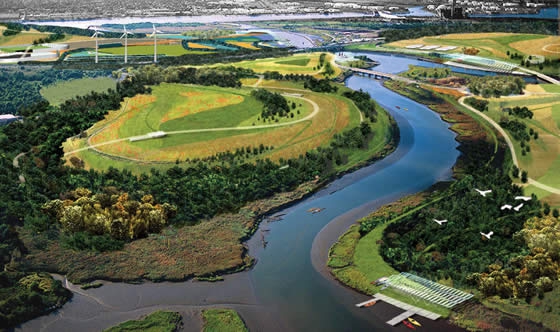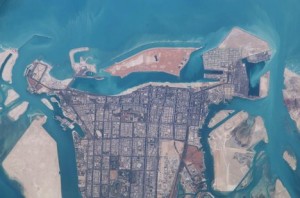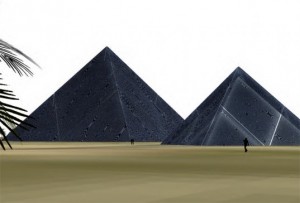by Lori Zimmer
The motto of these sleek black pyramids is “Renewable Energy Can Be Beautiful.” No, the Luxor Casino in Las Vegas did not suddenly develop a green streak — the project, called Lunar Cubit, is a pyramid-shaped solar power complex designed to power thousands of homes in the Abu Dhabi desert.
Lunar Cubit was visualized by Robert Flottemesch, Jen DeNike, Johanna Ballhaus, and Adrian P. De Luca. This proposed construction symbolizes the moon, generates clean renewable energy and follows the ancient measurement in being proportionate with the Great Pyramid of Cheops in Giza. With Land Art Generator Initiative on the lookout for partnership deed it won’t be long before we see one of these in the land of the Emirates.
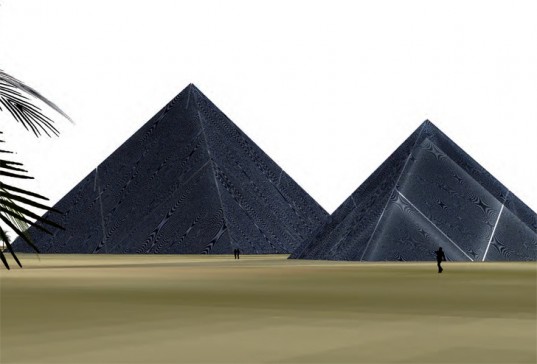
The proposal placed first in the Land Art Generator Initiative, a contest which asks designers to integrate art and interdisciplinary processes with the concept of renewable energy. Each proposed project must generate enough green energy to power thousands of homes, while also serving as an innovative public art installation.
Lunar Cubit consists of eight small glossy solar panel pyramids that surround a central large pyramid in a semi circle. The pyramids act as a lunar calendar, and the central pyramid is inversely illuminated according to the phases of the moon — meaning it is at full illumination with the new moon. The surrounding smaller pyramids act like the hands of a clock for the eight phases of the lunar calendar, illuminating in different combinations to indicate the waxing or waning of the moon. Each is outfitted with energy-efficient LED lights, of course.
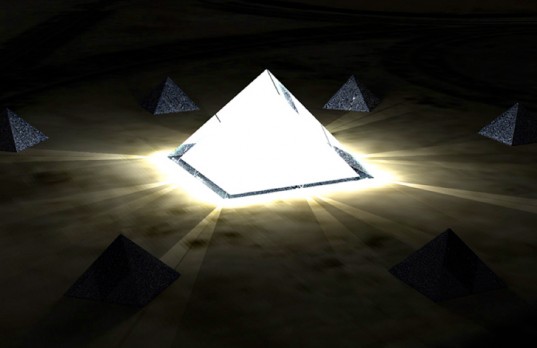
By day, the pyramids function as solar energy-producing power plants. Each of the frameless solar panels is made of glass and amorphous silicon, and they’re able to produce enough renewable energy to power 250 homes. That may not seem as productive as a solar power farm, yet it is truly exceptional considering it is also a public art installation. If actually constructed, Lunar Cubit would pay back its cost of construction in five years, through the megawatt-hours of clean renewable energy that it produces.
Lunar Cubit, designed by Robert Flottemesch, Jen DeNike, Johanna Ballhaus, and Adrian P. De Luca, combines the power of the moon, ancient measurement (it is proportional to the Great Pyramid of Cheops in Giza), and renewable energy. The Land Art Generator Initiative is currently seeking partnership to start construction, and if completed, it is anticipated to become a tourist destination in itself.
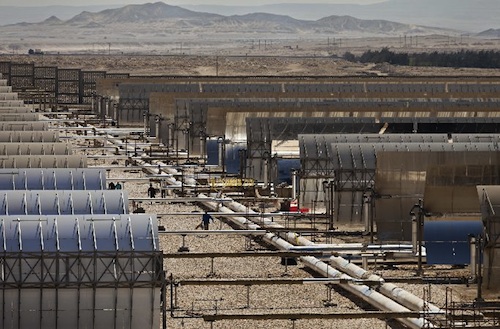
 Follow
Follow